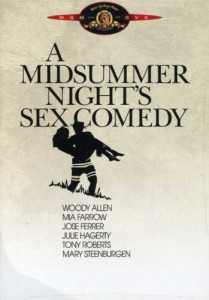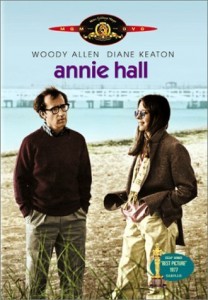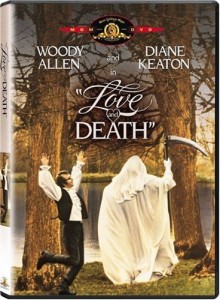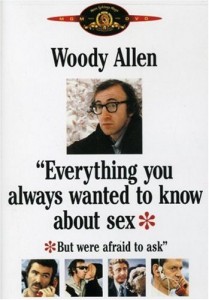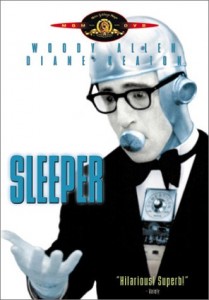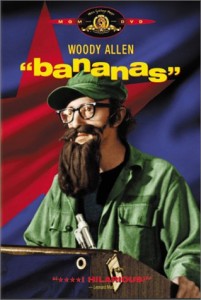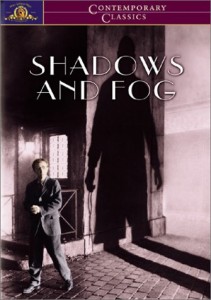 Shadows and Fog, the 21st movie Woody Allen directed, boasts another huge cast.
Shadows and Fog, the 21st movie Woody Allen directed, boasts another huge cast.
And a very strange plot.
And Mia Farrow, who was in every one of Woody’s movies since 1982’s A Midsummer Night’s Sex Comedy.
According to its entry on Wikipedia,
Shadows and Fog (1991) is a black-and-white film directed by Woody Allen and based on his one-act play Death. It stars Allen, Mia Farrow, John Malkovich, John Cusack, Madonna, and Kenneth Mars. It was filmed on a 26,000-square-foot (2,400 m2) set at Kaufman Astoria Studios, which holds the distinction of being the biggest set ever built in New York. It was also his last film for Orion Pictures.
Shadows and Fog is an homage to German Expressionist filmmakers Fritz Lang, G.W. Pabst and F.W. Murnau in its visual presentation, and to the writer Franz Kafka in theme.
Shadows and Fog is almost absurdist in its execution. Lots of misunderstandings, non sequitur dialogue, and bizarre characters.
All wandering around a city at night, in the fog, with a killer Continue reading




